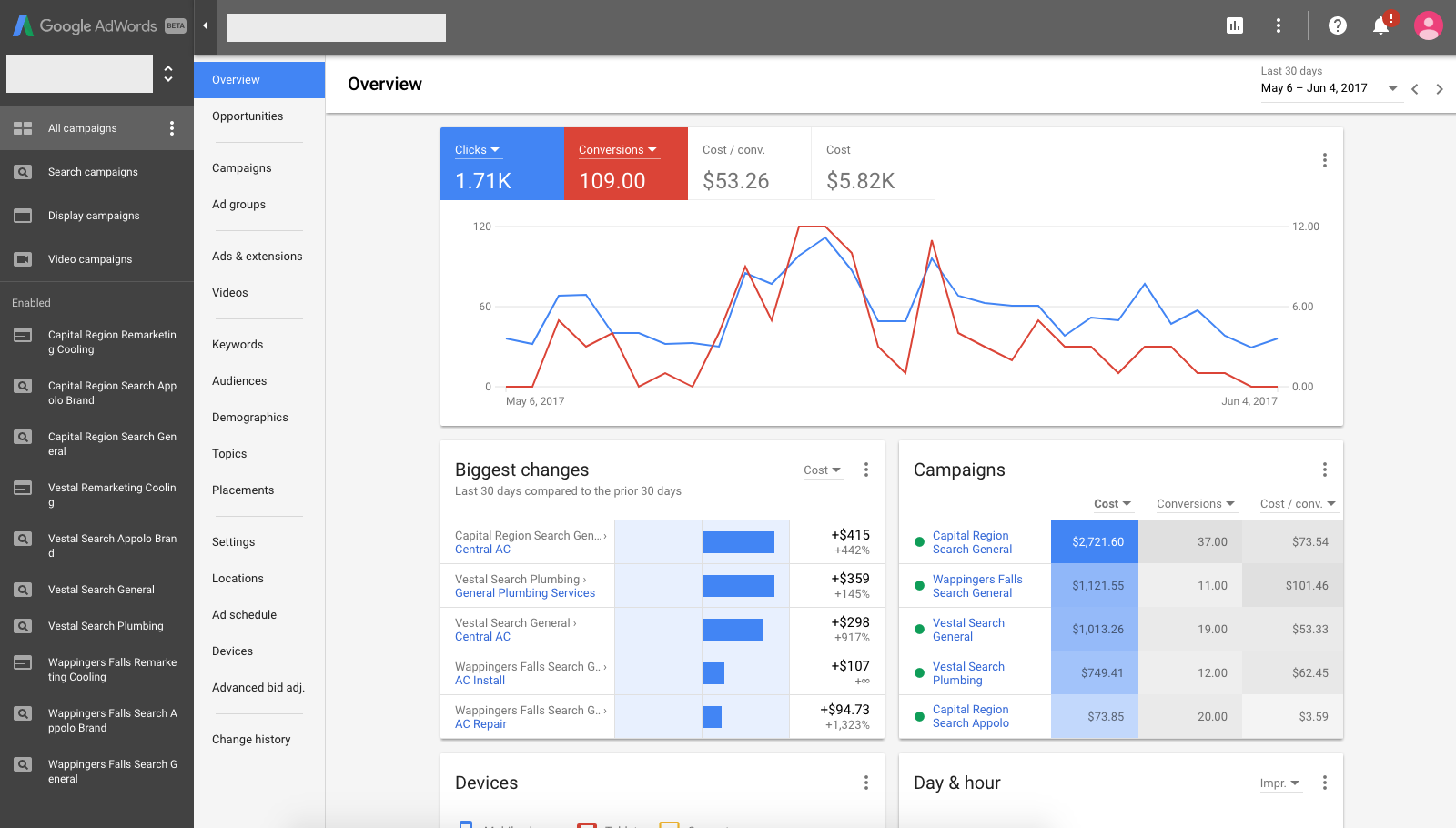Battle-tested PPC Ads
Key Inertia Metric (KIM): Return on Ad Spend

Pay-per-click marketing is not as complicated as "professional digital marketers" would have you believe. Nor is it as simple as how they typically use it.
The equally-important corollary to "get them to sign on the line which is dotted" is "earn more money than you spent on them." This is our fundamental Key Inertia Metric (KIM) for PPC: Return on Ad Spend.
Flywheel answers questions like "how much should I spend on a click or a lead" by marrying those clicks directly to the customer's actual lifetime value. Spend whatever it costs, so long as you still make money.
Google Ads Tries To Be A Casino
How We Leverage Battle-tested PPC Ads To Build Inertia
If you've ever logged into your Google Ads account, you've likely experienced the information overload in the system: thousands of metrics, breakdowns of ad performance across every channel, device, and keyword, and a half-dozen or so "recommendations," half of which are ways to encourage you to spend more money.
It's effective, or they wouldn't do it. Google wants to see you change your ads constantly, and they never stop promising that the grass is greener on the other side of the fence.
That's what makes Flywheel such an exceptional platform. We show you what matters. Every digital advertising agency promises that, but most of them are victims (or accomplices) of Google's interface. On any given day, no matter how effective or ineffective your advertising, you can find two or three metrics that look like an improvement over last week. We don't need to game the system or blow smoke. We don't promise any complicated formulas or artificial intelligence to "help you optimize" your ads. All we promise is a solid return on ad spend.
It's simple enough that anyone can understand it: either you made more money than you spent, or you didn't. If you made money, increase your budget. If you lost money, fire us. See, it's not nearly as complicated as it sounds.